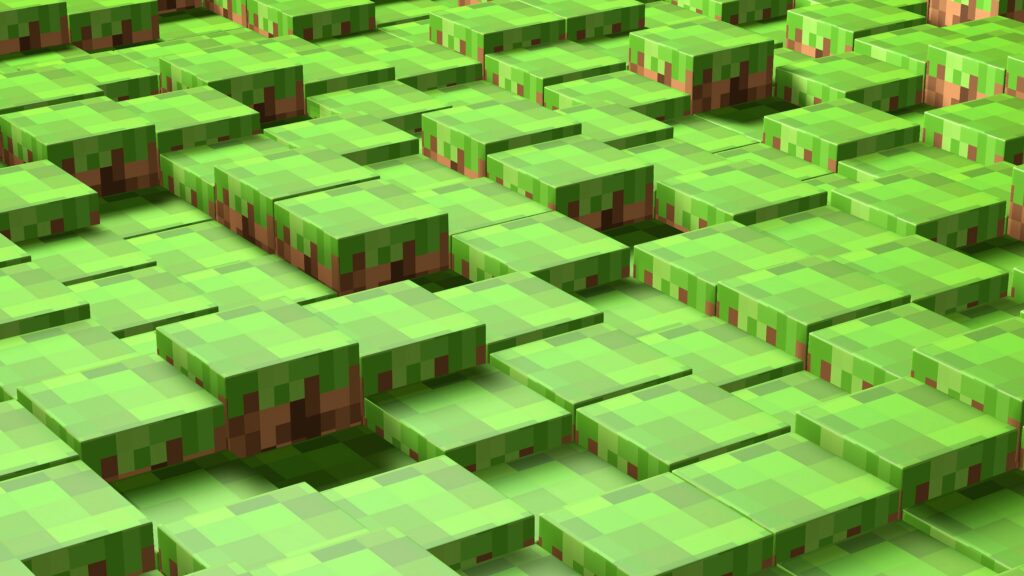Diffusion models have emerged as powerful tools for image generation and editing, but their full potential remains untapped, especially in what researchers call the “scaling space.” This largely unexplored area – where noise predictions are adjusted through scaling factors – holds significant promise for enhancing both image editing and understanding tasks.
FreSca, introduced in this research, examines how the difference between conditional and unconditional noise predictions (Δϵ) encodes task-specific information in diffusion models. Through Fourier analysis, the researchers uncovered that low-frequency and high-frequency components evolve differently throughout the diffusion process. Low-frequency components govern structural layouts while high-frequency components encode fine-grained textures.
The key innovation of FreSca lies in its ability to apply guidance scaling independently to different frequency bands in the Fourier domain. This approach enhances existing image editing methods without requiring retraining and extends effectively to image understanding tasks like depth estimation.
FreSca: A Generalizable Plug-and-Play Enhancement for Diffusion Models showing both depth estimation improvements (top) and image editing enhancements (bottom).
Background: How Diffusion Models Are Currently Used
Diffusion models have revolutionized content generation by progressively denoising random noise into coherent data samples. Their versatility spans from image synthesis to video production, with two primary application domains examined in this research.
Diffusion-Based Image Editing
Approaches to image editing using diffusion models can be broadly categorized into two types: methods that fine-tune or control diffusion models for specific editing tasks (like DreamBooth, Null-text Inversion, and InstructPix2Pix), and training-free, inversion-based editing techniques that don’t require additional model training.
Among the training-free methods, DDPM Inversion stands out for its effective inversion approach, while LEdits++ delivers high-quality edits with reduced diffusion steps and enables multiple concurrent modifications. These generalized diffusion approaches provide the foundation upon which FreSca builds its enhancements.
Diffusion Models for Image Understanding Tasks
Beyond image editing, diffusion models have been increasingly leveraged for various image understanding tasks. The underlying intuition is that these models, trained on vast internet-scale image collections, acquire encyclopedic representations of the visual world that can be adapted to serve as effective backbones for diverse downstream tasks.



